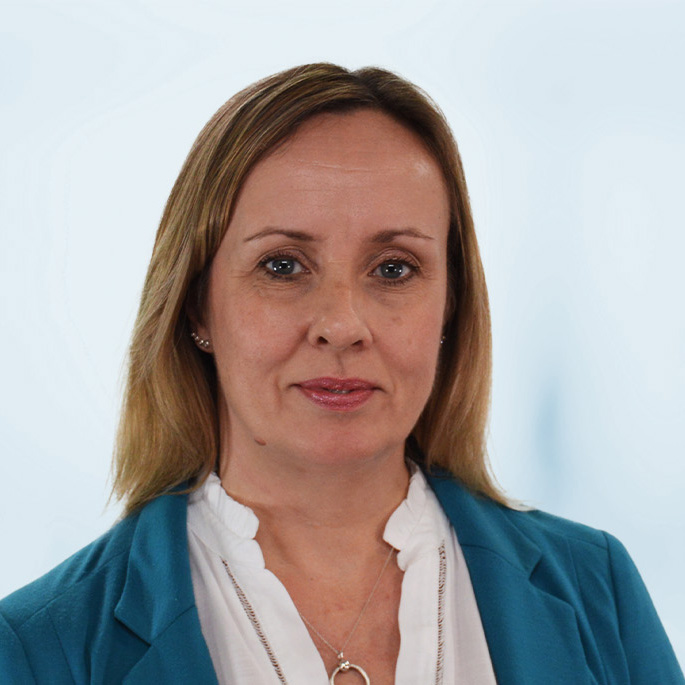The critical role of business profile in credit analysis
Maya Younes, financial trainer at the GICP, explores why a company’s business profile, encompassing operations, management, market position, and ESG factors, is vital for comprehensive credit analysis and informed decision-making.
Read transcript
Welcome to the world of credit analysis, where understanding a company’s business profile is fundamental.
The business profile provides a holistic view that incorporates all aspects of a business, from its operations and management to its market position and diversification strategies. For a credit analyst, it’s like being a detective—piecing together clues to form a comprehensive picture of the company’s performance and its credit worthiness. But don’t overlook “The ‘who’,’ what’, ‘how’ and ‘when’ questions.
Let’s break down why each component of the business profile is indispensable when evaluating a company’s credit standing.
Identifying the sector is the first step, as it sheds light on the market forces and regulations that affect a company and impact its daily operations. For instance, how a company manages its supply chain can reveal a lot about its operations and resilience to sector-specific issues.
The core of a company’s operations lies in what it offers and how it creates value. The types of products or services, the sources of raw materials, and the locations of operations help the analyst understand the company’s market position and operational risks. From sourcing raw materials to delivering the finished product, every step counts. A credit analyst must examine in depth the value chain and value drivers.
This insight evaluates the supply chain’s robustness, cost structures, and the potential impact of geopolitical or logistical challenges on profitability.
Such a thorough understanding is critical to assessing a company’s operational efficiency, profit margins, and risk management – all components necessary for evaluating a company’s financial health. Operational effectiveness is evidenced through production processes, technology usage, and distribution methods. These factors reveal how well a company adapts to market changes, innovates, maintains efficiency and sustains profitability while managing debt. This forms the foundation of the company’s business model, which also highlights the company’s potential revenue streams. For instance, In the franchise model, the franchisor oversees the brand while the franchisee invests in and operates individual locations. This model demands strict adherence to the franchisor’s standards and can significantly affect a franchisee’s profitability and asset investments. On the other hand, companies selling products at low margins or relying on long-term service contracts, like in the aircraft engine industries, have a unique business model that ensures stable revenue through after-sale services despite low initial profits.
Now let’s consider the product lifecycle – a narrative that starts with an infancy stage and moves to growth, maturity, and decline. Understanding where the company’s products are in this cycle helps credit analysts forecast cash flow patterns and funding requirements. And let’s not forget the product mix. A diverse product portfolio can mitigate risks associated with any single product’s decline, thereby enhancing the company’s creditworthiness.
Strategic tools like the Boston Matrix offer a framework for analyzing and evaluating a company’s product mix. It provides a snapshot that assists the analyst in identifying where a company is investing, and which products are standouts and successful. Such insights are invaluable for understanding future revenue potential and risk exposure.
Concentration risk is another crucial factor in determining a company’s financial stability. Over-reliance on a single supplier, customer, or market can make a company more vulnerable to external shocks. Hence, diversification is key to stability, cushioning against setbacks in one area, and ensuring overall resilience. In credit analysis, we look for companies with robust strategies to manage and mitigate concentration risks, whether through vertical integration – securing the supply chain, or horizontal integration – expanding the product range — these strategies can shield a company from market volatility
Finally, let’s talk about the company’s management and governance. The leadership of a company drives strategic decision-making, which can significantly impact ongoing success. Strong leadership and clear strategy are signs of a robust company. On the other hand, corporate governance marked by transparency, accountability, and ethical leadership is the wheel that is steering the corporate ship. Strong governance indicates resilience and potential for long-term success, while weak governance might signal risk of mismanagement or poor direction that could impact the company’s creditworthiness.
In today’s landscape, overlooking environmental, social and governance (ESG) risks is impractical. These factors can lead to direct financial consequences, such as regulatory fines or brand damage. Investors are increasingly factoring ESG into decision-making, favoring companies with strong ESG credentials. And don’t forget the shareholders. Their expectations and support level also influence a company’s financial strategies and its ability to secure and raise capital.
In the end, a thorough analysis of a company’s business model is necessary for understanding its overall landscape. A comprehensive business profile is essential for navigating the complexities of credit evaluation, enabling informed risk assessment and decision-making. In an unpredictable market, an in-depth understanding of the company is more important than ever. Grasping both risks and growth potential is key. For credit analysts, capturing the full picture is vital for accurately evaluating risks and making sound lending decisions. A detailed business profile isn’t solely for securing credit. It also reflects a company’s dedication to transparency and accountability, which is significantly valued by investors, partners, and customers.
Future events
 Info Session
Info Session Info session: Advance your career with the Global Credit Certificate
07 January 2026
9:30 am to 10:15 am GMT
2:00 pm to 2:45 pm EST
 Webinar
Webinar 

Global Macro and Geopolitical Outlook 2026: Implications for Credit
27 January 2026
2:30 pm to 3:15 pm GMT






